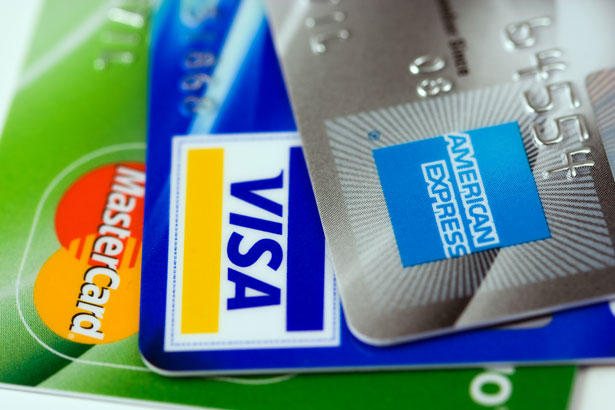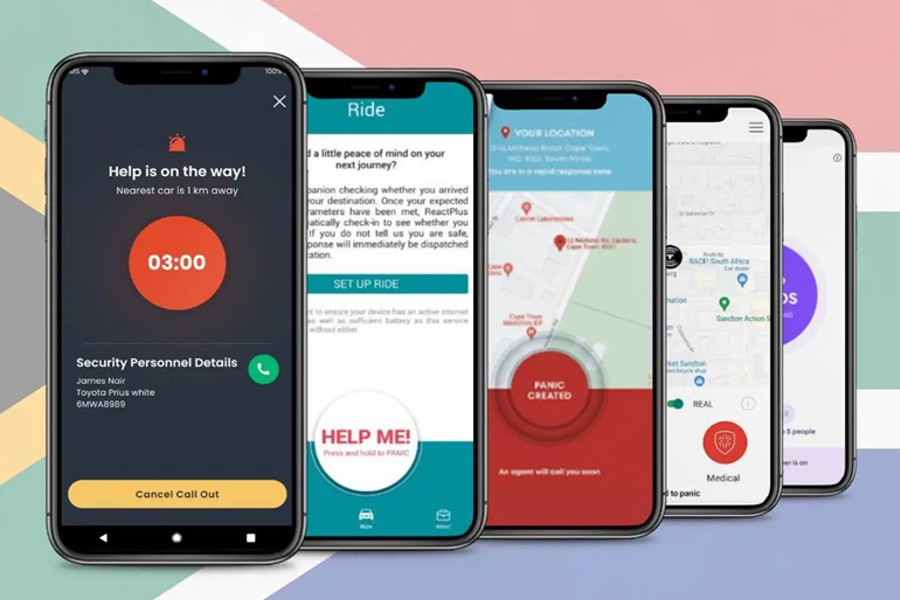 Now, you’ve finally faced it: you simply cannot move forward in life with a ginormous pile of debt.
Now, you’ve finally faced it: you simply cannot move forward in life with a ginormous pile of debt.
In the US, over half of the population uses more than one credit card. Consumers everywhere have made purchases that they regret and it’s easy to wind up in debt. The reasoning for getting a credit card in the first place varies. According to Lantern Credit by SoFi’s recent study, “Credit Card Use and Sentiment in the US,” most credit card users initially get a credit card in order to build up credit, followed by those wanting to make big purchases and earn rewards. Even when getting a credit card with the best intentions in mind, debt can build up quickly.
You’re now ready to deal with it, but how? What is the best way to pay off high credit card debt? Well, there isn’t one right way, but some ways are better than others, depending on your situation. Let’s take a look.
Debt Snowball Strategy
Using this method, you’ll concentrate on paying down your smallest debt first while you keep making minimum payments on your other obligations. While this is a proven strategy, you don’t want to wind up doling out credit-damaging late fees, and you certainly don’t want to default.
Begin by listing your debt totals from lowest to highest, then budgeting to pay the minimum on all your plastic except the card with the lowest balance. Throw everything you have – anything extra – on that account each month. When you’ve cleared the debt on that card, turn to the one with the next-lowest balance, and repeat the process until all your accounts have been paid.
The rub here is interest. If your bigger debts carry the highest rates, this approach may not save you money in the long run. The good news about the snowball method is that you can make quick headway on your debt. The strategy also provides a feel-good shot in the arm: as you pay off those balances, you’ll feel motivated to keep going.
Debt Avalanche Method
Here, you’ll focus on paying down your cards with the highest interest while making minimum payments on your other credit cards. Once you’ve paid the first one off, put the cash you’d set aside for it on the card with the second-highest rate. Repeat this until all your credit card debts have vanished.
A potential downside here may be that if your card with the highest interest rate also has a high balance, it could take many months to pay it off. That could be disheartening and cause you to stray from the effort. The chief benefit to debt avalanche, however, is the potential savings on interest changes. If you’re worried about how much interest is accumulating while you’re paying off your obligations, this method might be for you. See credit card debt relief.
Credit Card Consolidation
This strategy involves combining multiple credit card balances into a single monthly payment, hopefully with a lower interest rate than what you’re paying on current debts.
You do need good credit to get a loan, at least one with an interest rate that makes the process worth it. There’s also a chance that you won’t be eligible for a loan large enough to wipe out all your debts.
As for the upside, interest rates on plastic are typically higher than those on personal loans, particularly if your credit’s good. In addition, such a loan can streamline your bill paying; rather than making multiple monthly payments, you only have one – of the same amount and due date – to concern yourself with.
Balance Transfer Credit Card
This strategy entails shifting high-interest credit card debt to what’s called a balance transfer card. Such cards offer a low interest rate – sometimes 0% — for a promotional period of about a year.
If you use this approach, you want to make certain you can pay off your debts before that introductory period ends – and the APR shoots back up. Also, a late payment could result in revocation of the promotional offer, and you may be charged a balance transfer fee. Another caveat: if what you owe exceeds the new card’s limit, this method may not be the best for you.
The best news is that if you clear your balance before the introductory period ends, you can get around paying interest. And because you know that your debt must be paid in a limited amount of time, you’re extra motivated to get it done.
So, what is the best way to pay off high credit card debt? The answer is that it depends on your goals and your financial situation. You have enough info here to get started. Do that today.
Become a Harlem Insider!
By submitting this form, you are consenting to receive marketing emails from: . You can revoke your consent to receive emails at any time by using the SafeUnsubscribe® link, found at the bottom of every email. Emails are serviced by Constant Contact








